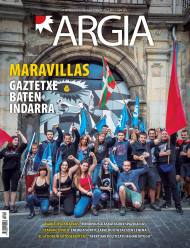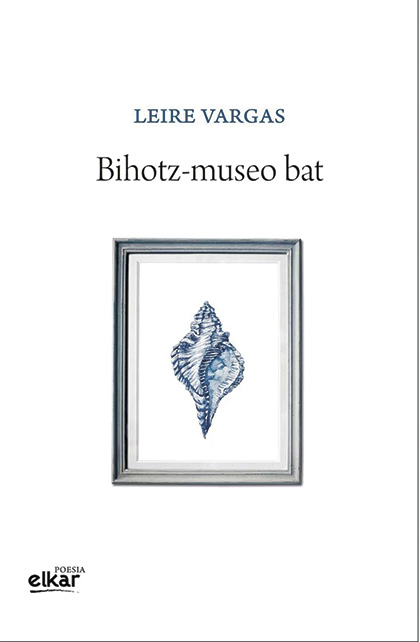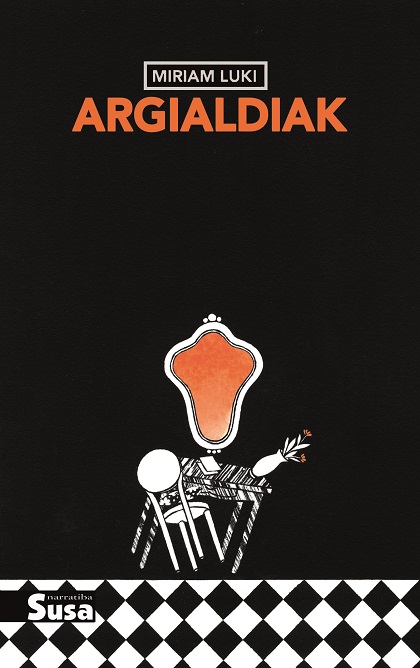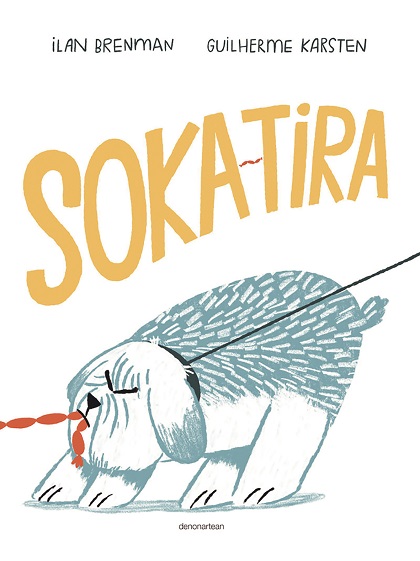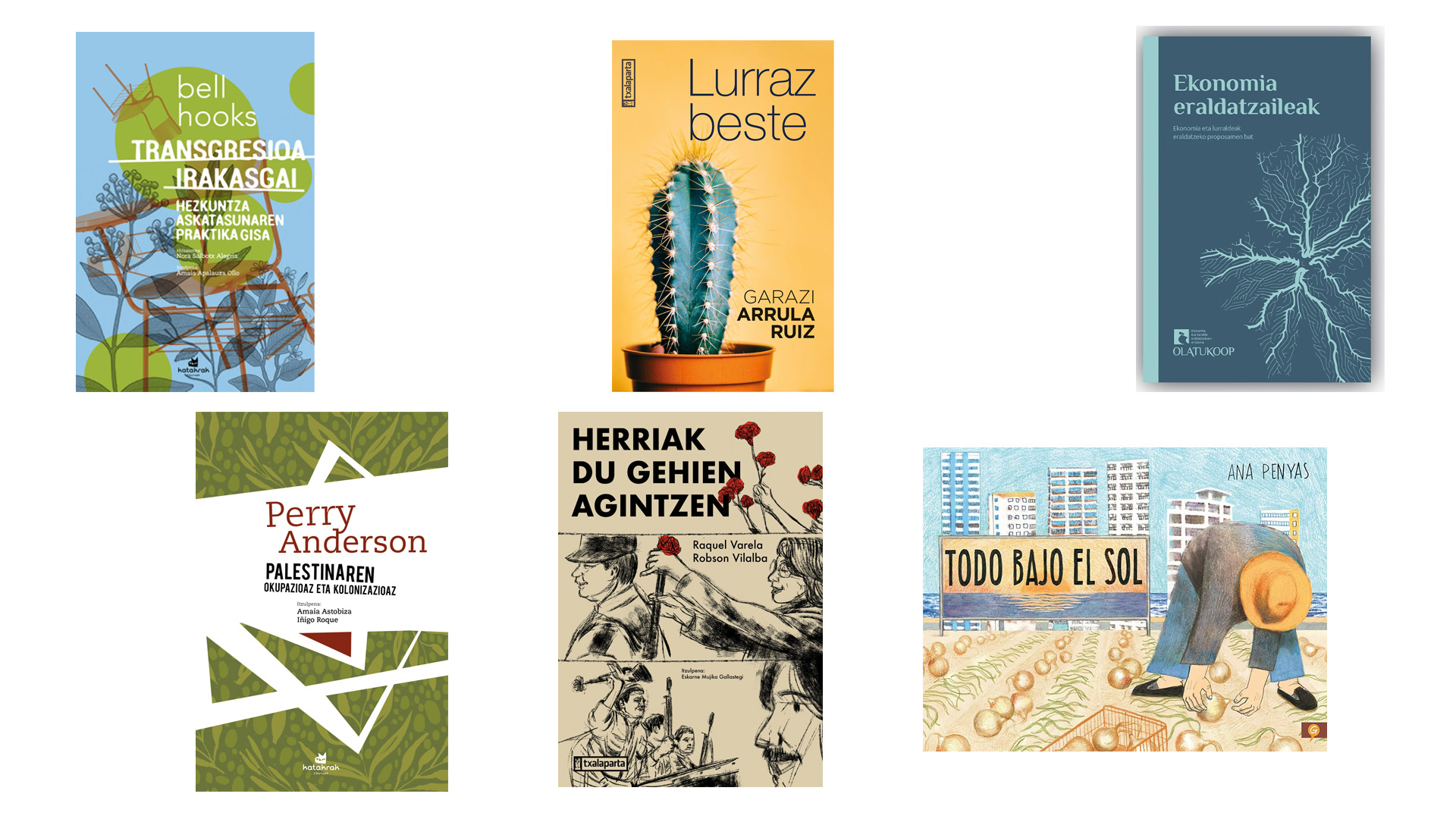Artistic remains
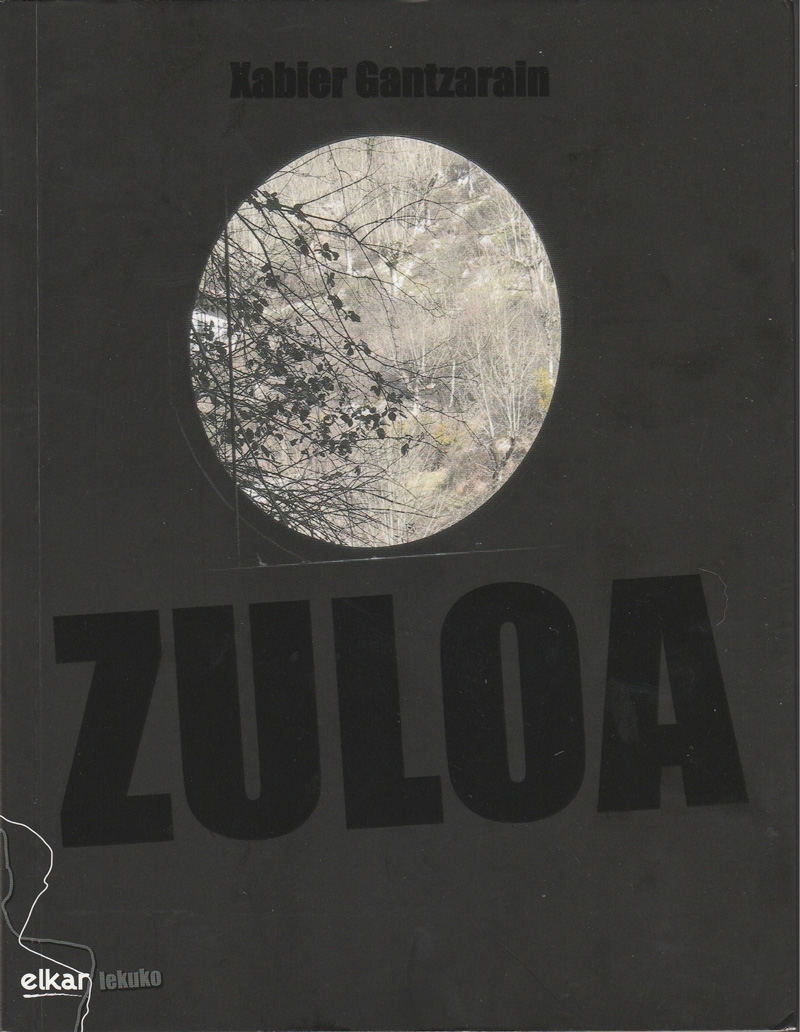
In the Zuloa essay, integrated into the geography of twenty-three artistic works, Xabier Gantzarain has made a personal career of contemporary art in Euskal Herria. There is also a historical tour, as it has completed a sociocultural vision of art in the last thirty years, covering interpretations of works of art from 1983 to 2016. In any case, the discourse has been structured around the conventions of the history of art: it has focused on the nearby history, no works have been presented in chronological order, no works of art have been linked in a single logical chain, different artistic disciplines have been realized (photography, installations and artistic interventions, video, sculpture, performance, painting, etc. ). Among the works of art there are well-known works that have jumped into the collective imaginary (e.g. Gernika by José Luis Zumeta); and there are less well known works (e.g. Nora Aurrekoetxea and Laura Ruiz Katalepsis). So it's tarnished the edges of the canon. Thanks to this abundance, the Zuloa essay offers a new image of contemporary art.
In the dissemination of art, we have a milestone, no doubt, because it has worked in a form of innovative discourse to convey the experiences of art to readers, and it has created a personal and close voice. Thanks to this closeness, the reader takes him/her in an artistic, historical and sociopolitical context of works of art. Art has the ability to emerge, question or innovate social codes, and Gantzarain brings together both artistic codes and social codes. Based on the suspicions, concerns and questions raised by the works of art, he explores in the senses and the symbolism of the socio-cultural and/or socio-political conflicts of Euskal Herria (myths about vascuity, the case of the Lemoiz nuclear power plant, the consumer society, the armed conflict – ETA violence, police harassment, torture…–, globalization, etc. ). In this way, it has created a certain artistic memory in Zuloa, but it has not created a solid narrative memory, but a memory of fragments, jumps and sparks to fill that gap of our collective memory: testimonies of artistic experiences.
A Heart Museum
Leire Vargas
Elkar, 2024
-----------------------------------------------------
The Basque cultural system has a thirst for young people. That's what Leire Vargas said in the written column in Berria. The industry is looking for fresh, varied and diverse... [+]
What you love. Word recall, live reading
Miren Billelabeitia
Pamiela, 2022
------------------------------------------------
Miren Billelabeitia has been a professor at the institute, a literary aficionado and a professor of Universal Literature for years. In 2022 he... [+]
Snarka Lewis Carroll
Hunting
Images:
Translation and Edition of Henry Holiday:Manu LÓpez Gaseni
Pamiela, 2024
-------------------------------------------------------
The work we have before us was published in the spring. After the works of Alice in Wonderland,... [+]
Lighting
Miriam Luki
Susa, 2023
-------------------------------------------------
Translations
Miren Agur Meabe
Elkar, 2023
--------------------------------------------
Last year, Miren Agur Meabe published the novel Itzulerak. As the main characters are young people, we could say that it is juvenile literature, but when literature is good, it is for... [+]
Text:
Ilan Brenman
Illustrations: Guilherme Karsten
translation: In Alkain
Denonartean, 2024
-------------------------------------------------
At the end of this album is a quote from Benjamin Franklin: “There has never been a good war, nor a bad peace.” And... [+]
Pozo
Goiatz Labandibar
Erein, 2024
----------------------------------------------------------
The Pozo de Goiatz Labandibarren is a growth novel that takes place one day: the descent of menstruation. Or in other words, a hero's journey, why not.
As often happens in this... [+]
Sorry as if there were no
Mariana Travacio
Erein, 2024
---------------------------------------------------
Although the title may seem like a self-help book, this is a Western text that Erein has published in the narrative section. In the excellent translation of... [+]
Josefa, neskame
Alaitz Melgar Agirre
Elkar, 2022
-----------------------------------------------------
Josefa Agirre Etxeberria was one of the women who was raised during the Franco regime. After being exiled at the age of fourteen, he was forced to change his residence... [+]
In the maze of
the theatre I Ander
Lipus EHAZE and Susa
---------------------------------------------
Playwright Ander Lipus has published with EHAZE and Susa his publications on theatrical autobiography and theatre. In the maze of theatre I. Notebook of Bitácora and... [+]
-It was an ordinary afternoon. For anglerfish.” This evening is what Maite Mutuberria tells us in this album. The book has very few texts and the images tell us very well the development of history.
From the beginning we can see in the illustrations a large and quiet... [+]
The one who approaches this book, first of all, will be with G. It meets the images of Mabire. They are comic style images, very accurate strokes and celestial experiences that help to easily interpret characters and situations. These images coincide with the text, which is... [+]
For a matter of work, I had to reread this wonderful book. A short book that brings together feminist theory, genealogy and history, and that will surely have a lot of criticism looking on the net and, surprise! I found one, which Irati Majuelo wrote in Berria.El book published... [+]
The book just published by the editorial Consonni has been a great surprise to the public. I did not know the work of Montserrat Roig and the finding has been truly surprising. On the one hand, because the novel was first published in a little more than the death of Franco (in... [+]









